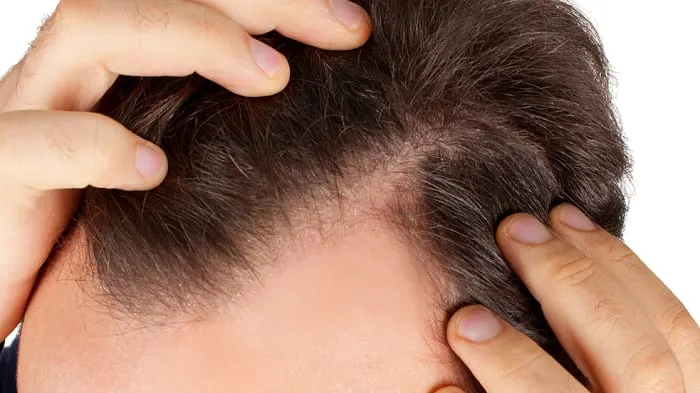Did you know that baldness could indicate other diseases, and that 80% of white men will bleed during their lifetime? Here are some more things you did not know about hair loss, and about how to treat it

Male pattern baldness is a very common phenomenon, which is common in white men. Most members of this group will suffer from a certain regression of the frontal hairline and the lateral area after puberty. Eighty percent of white men report any degree of baldness until the age of 70.
Male pattern baldness has two main characteristics: the retraction of the anterior hairline and gradual baldness of the scalp center, or baldness that causes hair density to decrease in the peritoneum and lateral areas along with normal hair growth at the periphery of the scalp and back scalp only.
Why do men bleed?
There are two main causes of baldness in men: family (or genetic) predisposition and hormonal factors. We know that baldness is related to hormones because men do not lose hair significantly before adolescence.
Although the main hormone in men is testosterone, the process of masculine baldness is related to the testosterone production product known as dihydrotestosterone. In men with baldness, high levels of the enzyme reductase, which is responsible for converting testosterone to dihydrotestosterone, were found.
Dihydrosterone is significantly increased in the scalp of men with baldness, resulting in the formation of shorter, thin hairs, and the transition of hair follicles to the resting stage.
Various studies conducted in recent years have shown that the phenomenon of masculine baldness has a significance beyond the realm of aesthetics. There was a link between male pattern baldness and various morbidity factors, including a tendency to heart disease, diabetes, high lipid levels, prostate enlargement, and more